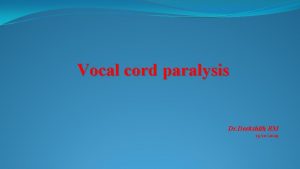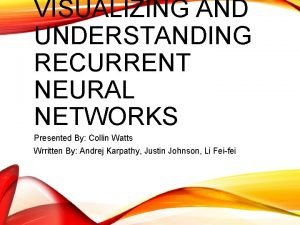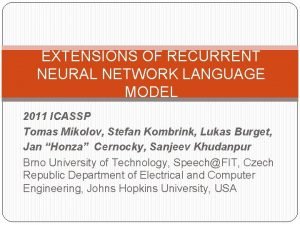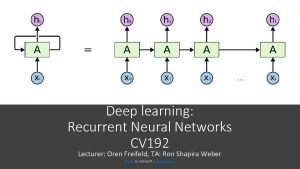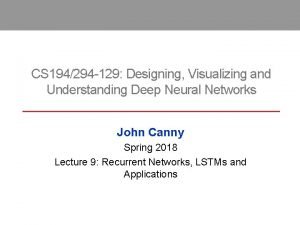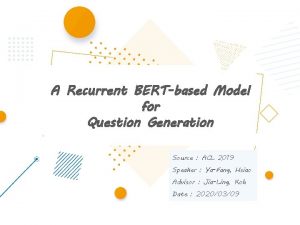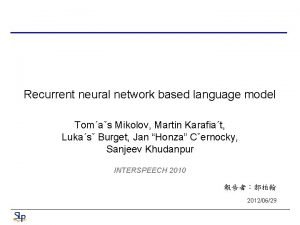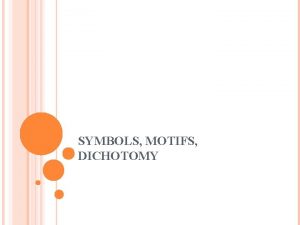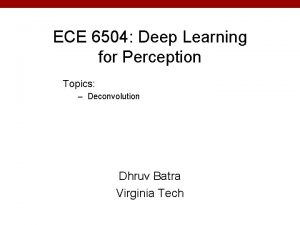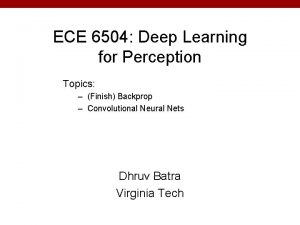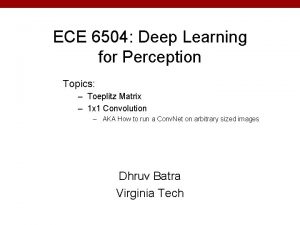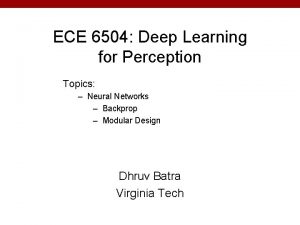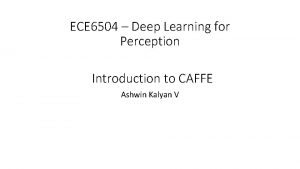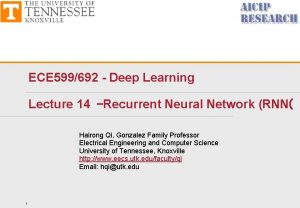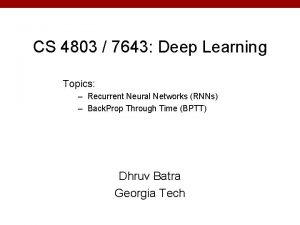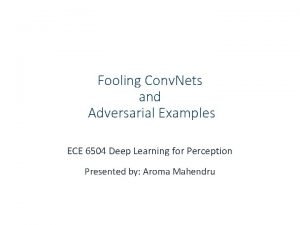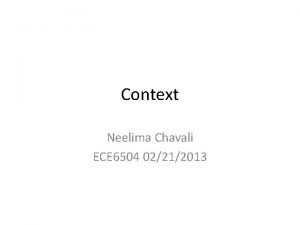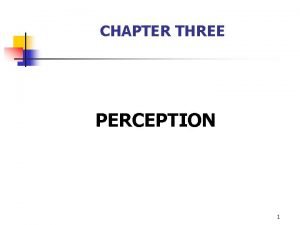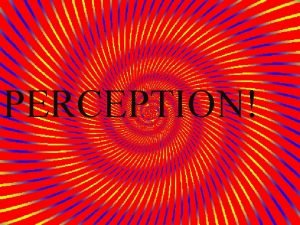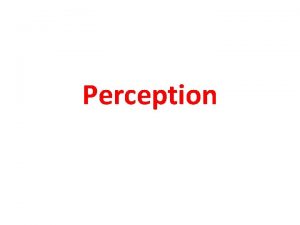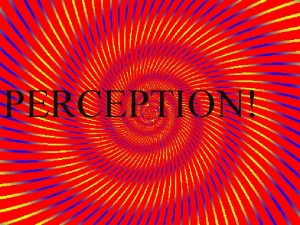ECE 6504 Deep Learning for Perception Topics Recurrent









![(C) Dhruv Batra Image Credit: [Pinheiro and Collobert, ICML 14] 10 (C) Dhruv Batra Image Credit: [Pinheiro and Collobert, ICML 14] 10](https://slidetodoc.com/presentation_image_h2/6d2df852484fd0c037a268ddbafa2df3/image-10.jpg)












![Illustration [Pascanu et al] • Intuition • Error surface of a single hidden unit Illustration [Pascanu et al] • Intuition • Error surface of a single hidden unit](https://slidetodoc.com/presentation_image_h2/6d2df852484fd0c037a268ddbafa2df3/image-23.jpg)

![Fix #2 • Smart Initialization and Re. Lus – [Socher et al 2013] – Fix #2 • Smart Initialization and Re. Lus – [Socher et al 2013] –](https://slidetodoc.com/presentation_image_h2/6d2df852484fd0c037a268ddbafa2df3/image-25.jpg)
- Slides: 25

ECE 6504: Deep Learning for Perception Topics: – – Recurrent Neural Networks (RNNs) Back. Prop Through Time (BPTT) Vanishing / Exploding Gradients [Abhishek: ] Lua / Torch Tutorial Dhruv Batra Virginia Tech

Administrativia • HW 3 – – (C) Dhruv Batra Out today Due in 2 weeks Please please start early https: //computing. ece. vt. edu/~f 15 ece 6504/homework 3/ 2

Plan for Today • Model – Recurrent Neural Networks (RNNs) • Learning – Back. Prop Through Time (BPTT) – Vanishing / Exploding Gradients • [Abhishek: ] Lua / Torch Tutorial (C) Dhruv Batra 3

New Topic: RNNs (C) Dhruv Batra Image Credit: Andrej Karpathy 4

Synonyms • Recurrent Neural Networks (RNNs) • Recursive Neural Networks – General familty; think graphs instead of chains • Types: – – – Long Short Term Memory (LSTMs) Gated Recurrent Units (GRUs) Hopfield network Elman networks … • Algorithms – Back. Prop Through Time (BPTT) – Back. Prop Through Structure (BPTS) (C) Dhruv Batra 5

What’s wrong with MLPs? • Problem 1: Can’t model sequences – Fixed-sized Inputs & Outputs – No temporal structure • Problem 2: Pure feed-forward processing – No “memory”, no feedback (C) Dhruv Batra Image Credit: Alex Graves, book 6

Sequences are everywhere… (C) Dhruv Batra Image Credit: Alex Graves and Kevin Gimpel 7

Even where you might not expect a sequence… (C) Dhruv Batra Image Credit: Vinyals et al. 8

Even where you might not expect a sequence… • Input ordering = sequence (C) Dhruv Batra Image Credit: Ba et al. ; Gregor et al 9
![C Dhruv Batra Image Credit Pinheiro and Collobert ICML 14 10 (C) Dhruv Batra Image Credit: [Pinheiro and Collobert, ICML 14] 10](https://slidetodoc.com/presentation_image_h2/6d2df852484fd0c037a268ddbafa2df3/image-10.jpg)
(C) Dhruv Batra Image Credit: [Pinheiro and Collobert, ICML 14] 10

Why model sequences? Figure Credit: Carlos Guestrin

Why model sequences? (C) Dhruv Batra Image Credit: Alex Graves 12

Name that model Y 1 = {a, …z} X 1 = Y 2 = {a, …z} X 2 = Y 3 = {a, …z} Y 4 = {a, …z} X 3 = X 4 = Y 5 = {a, …z} X 5 = Hidden Markov Model (HMM) (C) Dhruv Batra Figure Credit: Carlos Guestrin 13

How do we model sequences? • No input (C) Dhruv Batra Image Credit: Bengio, Goodfellow, Courville 14

How do we model sequences? • With inputs (C) Dhruv Batra Image Credit: Bengio, Goodfellow, Courville 15

How do we model sequences? • With inputs and outputs (C) Dhruv Batra Image Credit: Bengio, Goodfellow, Courville 16

How do we model sequences? • With Neural Nets (C) Dhruv Batra Image Credit: Alex Graves 17

How do we model sequences? • It’s a spectrum… Input: No sequence Input: Sequence Output: No sequence Example: “standard” classification / regression problems (C) Dhruv Batra Example: Im 2 Caption Example: sentence classification, multiple-choice question answering Example: machine translation, video captioning, openended question answering, video question answering Image Credit: Andrej Karpathy 18

Things can get arbitrarily complex (C) Dhruv Batra Image Credit: Herbert Jaeger 19

Key Ideas • Parameter Sharing + Unrolling – Keeps numbers of parameters in check – Allows arbitrary sequence lengths! • “Depth” – Measured in the usual sense of layers – Not unrolled timesteps • Learning – Is tricky even for “shallow” models due to unrolling (C) Dhruv Batra 20

Plan for Today • Model – Recurrent Neural Networks (RNNs) • Learning – Back. Prop Through Time (BPTT) – Vanishing / Exploding Gradients • [Abhishek: ] Lua / Torch Tutorial (C) Dhruv Batra 21

BPTT • a (C) Dhruv Batra Image Credit: Richard Socher 22
![Illustration Pascanu et al Intuition Error surface of a single hidden unit Illustration [Pascanu et al] • Intuition • Error surface of a single hidden unit](https://slidetodoc.com/presentation_image_h2/6d2df852484fd0c037a268ddbafa2df3/image-23.jpg)
Illustration [Pascanu et al] • Intuition • Error surface of a single hidden unit RNN; High curvature walls • Solid lines: standard gradient descent trajectories • Dashed lines: gradient rescaled to fix problem (C) Dhruv Batra 23

Fix #1 • Pseudocode (C) Dhruv Batra Image Credit: Richard Socher 24
![Fix 2 Smart Initialization and Re Lus Socher et al 2013 Fix #2 • Smart Initialization and Re. Lus – [Socher et al 2013] –](https://slidetodoc.com/presentation_image_h2/6d2df852484fd0c037a268ddbafa2df3/image-25.jpg)
Fix #2 • Smart Initialization and Re. Lus – [Socher et al 2013] – A Simple Way to Initialize Recurrent Networks of Rectified Linear Units, Le et al. 2015 (C) Dhruv Batra 25
 Gated recurrent unit in deep learning
Gated recurrent unit in deep learning Deep learning vs machine learning
Deep learning vs machine learning Deep learning approach and surface learning approach
Deep learning approach and surface learning approach Deep asleep deep asleep it lies
Deep asleep deep asleep it lies Deep forest towards an alternative to deep neural networks
Deep forest towards an alternative to deep neural networks O the deep deep love of jesus
O the deep deep love of jesus Cuadro comparativo e-learning y b-learning
Cuadro comparativo e-learning y b-learning Vocal cord positions
Vocal cord positions Visualizing and understanding recurrent networks
Visualizing and understanding recurrent networks Radial artery in hand
Radial artery in hand Rima vestibuli function
Rima vestibuli function Recurrent strokes
Recurrent strokes Recurrent stroke causes
Recurrent stroke causes Artery of heubner
Artery of heubner Extensions of recurrent neural network language model
Extensions of recurrent neural network language model Cs 7643 github
Cs 7643 github Cs 231 n
Cs 231 n A recurrent bert-based model for question generation
A recurrent bert-based model for question generation Pixel rnn
Pixel rnn Recurrent neural network based language model
Recurrent neural network based language model List the five elements of hair design
List the five elements of hair design 4th aortic arch derivatives
4th aortic arch derivatives Symbol dichotomy
Symbol dichotomy Part 135 recurrent training
Part 135 recurrent training Vocal cord positions
Vocal cord positions Jolls triangle thyroid
Jolls triangle thyroid







